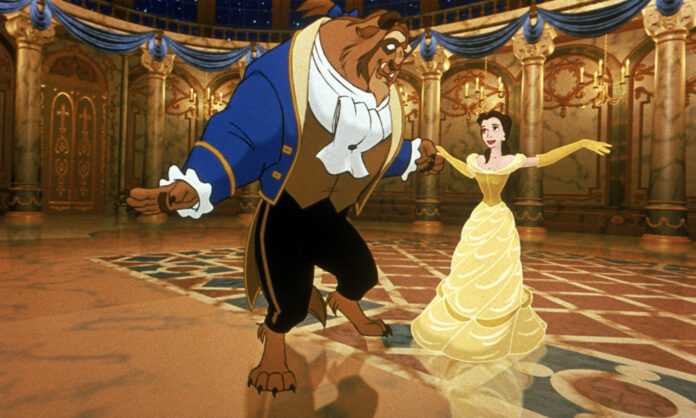In a guest post on Jane Friedman’s blog, Hannah Kate Kelley offers advice on crafting a unique reimagining of a classic story. “Writers love retellings because the story framework is pre-made and there’s already a proven audience for the original tale,” Kelley says. “Retellings are also empowering because writers can bring fresh perspectives to age-old stories.”
Many retellings can feel like tired fan-fiction, but you an avoid that focusing on the kernel of the story and imagining new ways to present and interpret it. Kelley explores three primary characteristics of a retelling:
- It should be recognizable. “Your story retelling needs to include all or many of the major original elements, even if you make significant changes to the setting, plot, characters, and themes,” she says. Within that guideline, you can stick closely to the story or simply use the familiar characters and themes as a jumping off point for a new plot.
- It should stand on its own. In other words, your readers should be able to enjoy your story even if they have no knowledge of your source material.
- It must be legal. You can’t retell a story that someone else still owns. Before you begin any kind of retelling, be sure you understand what material is in the public domain and how that affects your ability to work with it. Some authors encourage fan fiction based on their existing work, but others don’t. In any case, you cannot publish fan fiction for profit. If you base your story on work that is not yet in the public domain, be sure to scrub any resemblance.
So, if you still want to continue with a retelling, where should you start? Kelley suggests the following exercises:
- Choose your retelling angle. Explore what you’ll do differently and why. How will your story be unique? In other words, why is your story worth the effort to write and read?
Consider what you love about the original story and what you feel is missing. Ask what you can bring to the story that someone else couldn’t. You might tell the story from a different character’s perspective, either one within the original story or a new creation. You might recast the villain as the protagonist, change the era or setting, explore a new genre, or view your story through a different culture, race, or class. - Analyze the original text. Examine your source material and decide which elements you want to keep and which you want to change or eliminate. Identify plot points to determine where your story will align and where it will diverge. Examine the setting of the original, so that you understand the context in which the author wrote. How will your plot and characters change based on the context of your times? List the characters in the original and decide which to keep, which to transform, and where you need to invent. And of course, consider the theme of the original and the unique spin you want to place on it.
- Outline your retelling. Now that you’ve explored your source material and brainstormed your unique take, you can start building your outline. Map out how your story follows the original and where it diverges and how. Boil your story down to its essence with a one-sentence statement of the central question or theme.











